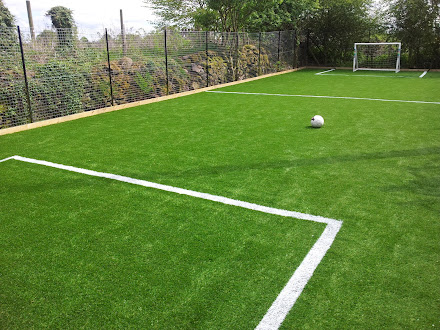The Growing Popularity of Artificial Grass: A Sustainable and Low-Maintenance Landscaping Solution
Artificial grass, often referred to as synthetic turf or fake grass, has gained immense popularity in recent years as a practical and eco-friendly alternative to natural grass. This synthetic alternative offers a plethora of benefits for homeowners, businesses, and public spaces.
One of the key advantages of artificial grass is its low maintenance requirements. Unlike natural grass, which demands regular mowing, watering, and fertilizing, synthetic turf retains its vibrant appearance year-round with minimal effort. It eliminates the need for harmful pesticides and fertilizers, reducing the environmental impact of traditional lawn care.
Artificial grass is also an eco-conscious choice, as it conserves water resources. In regions facing water scarcity or where strict watering restrictions are in place, synthetic grass proves to be an invaluable landscaping solution. It provides lush greenery without the excessive water consumption associated with natural lawns.
Moreover, artificial grass is exceptionally versatile, serving various purposes. It's used in residential settings to create pristine lawns, on rooftops and balconies to craft green oases in urban spaces, and in playgrounds and sports fields to ensure safety and durability. It's even used in decorative landscaping projects to bring artistic patterns and designs to life.
In conclusion, the rising popularity of artificial grass can be attributed to its sustainability, low maintenance requirements, and versatility. As an environmentally friendly and aesthetically pleasing landscaping solution, synthetic turf is revolutionizing the way we think about green spaces.



Comments
Post a Comment